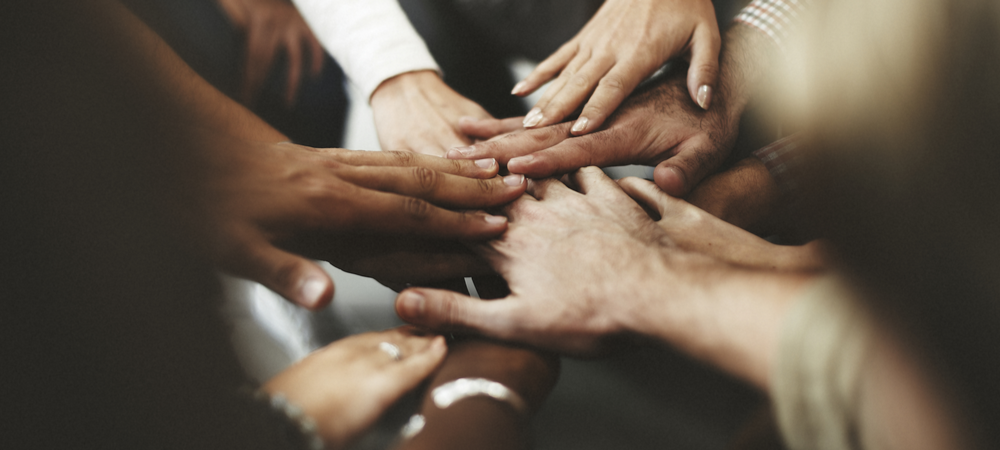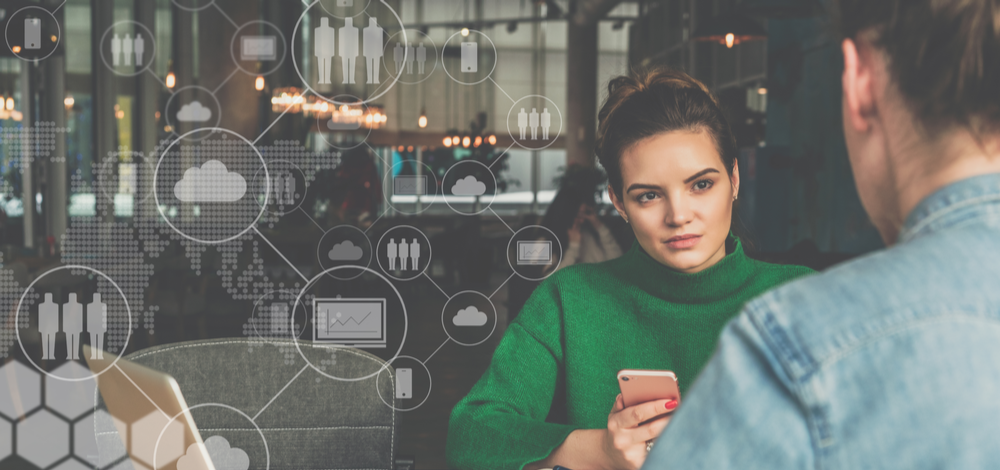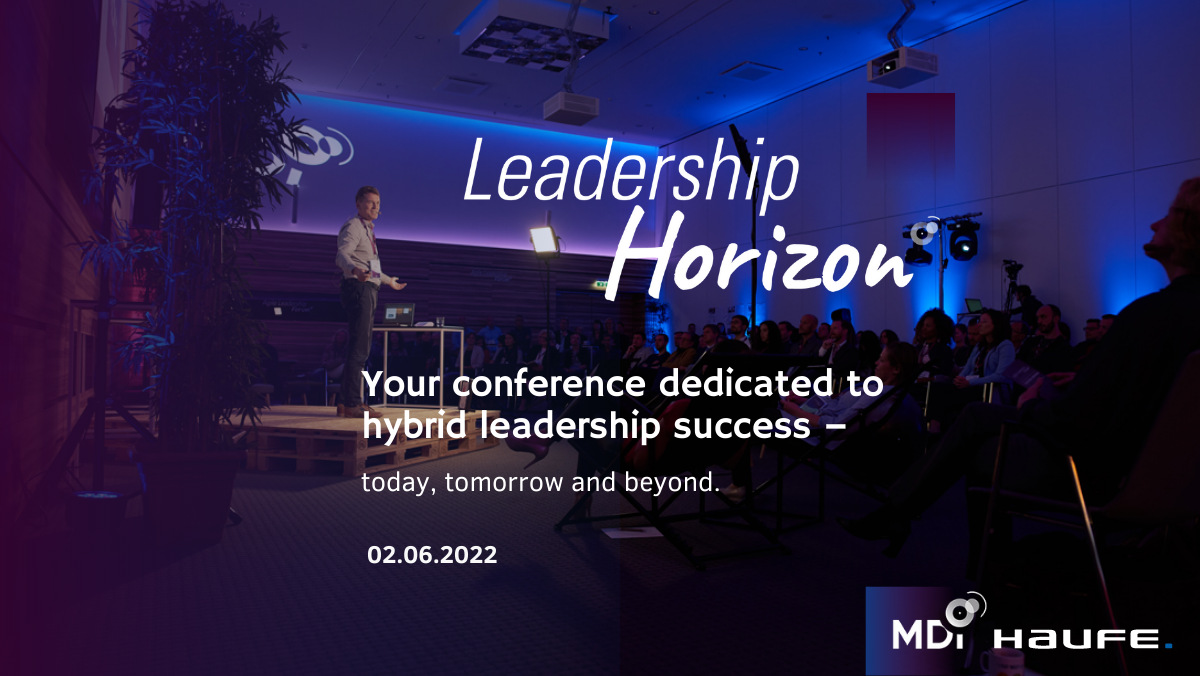
The effects of home office
An Interview on the effects of home office with Dr. Kilian Wawoe
Dr. Kilian Wawoe investigated the consequences of the increasing numbers of home office days for people and companies and the effects of home office. During lockdown, he found more than 600 articles about working from home, talked with hundreds of people about their experiences with home office, took questionnaires from thousands of workers and worked with dozens of companies on a new form of collaboration that he calls “corporate brain.“
What are the implications of the increasing number of home office days for companies?
We are in a unique situation – the entire world is participating in the largest “experiment” in the history of labour. The lessons we can learn from the lockdowns are that we can quite easily work from home, which means
- less commuting
- producing less pollution
- experiencing less stress
- seeing increased productivity
What are the consequences of home office days for employees and the team?
The problem is that the impact of Home Office varies greatly from person to person. As a result, many companies are leaving the choice up to their employees. This is risky because employees come to the office to meet their colleagues and learn.
The future of work is therefore not about the individual, but actually about the group.
Should there be a home office obligation in order to work efficiently and sustainably?
We have to be careful with efficiency in the workplace. Many workers report that they are more productive in the home office, but work is also about imparting and teaching knowledge. That may not be efficient, but very important. We need to think about commitments, but in a different direction: The obligation for employees to come back to the office. Some of the employees state that they don’t want to work in the office at all, or only a little. But companies need these individuals to be part of the group, nonetheless.
What is the best solution for the increasing employees’ desire for home office days?
I advise companies to have an open discussion with their employees about the future of work. But please be careful: There is one group whose time during the pandemic was particularly difficult. We should make sure that these employees are heard. Many people want to protect their “rights they acquired during the pandemic”. Managers need to protect those interests of the group.
How many days of home office a week/month has been shown to be the “gold standard”?
“With the knowledge you gained from the Corona crisis, how many times would you want to go to the office?” This question is so obvious that it is asked in almost every organization. However, there are three mistakes.
Work is not about “you.” but about “we.” Work is a team sport that is about working together. It’s not about “how often,” it’s about “what” you come to the office for.
When we come to work and isolate ourselves all day, what do we then bring to the group? It’s not about ‘wanting’, it’s about what we want to ‘do’ in the office.
The question is: “What are we going to do with the knowledge that we have gained during the pandemic to make the team work (remotely)?” Because the office is a place to connect, coach and collide.

What do you think will happen after the Corona pandemic?
First, we need to develop a vision for human resources.
- How are we going to make sure the right things are happening in the workplace?
- For example, how do we make sure that new employees can actually learn the job?
- How do we make sure that there is a culture of integration, even for those who don’t like to work from home?
- Also, how do we avoid unnecessary travel?
Clearly, it is difficult to find a common denominator for these very different projects or to make a statement about the results if the evaluations have not yet taken place. Nevertheless the results are based on the theory, the interviews, the questionnaire interviews, the questionnaire surveys, the focus groups, discussions with experts and the initial projects.
I think that my approaches can contribute to the following:
- Improved employee performance
- Better functioning teams
- More involvement of young and vulnerable employees
- Improved job satisfaction
- Better health
- Less stress and burnout
- Less pressure on the environment
- Never again sitting in an overcrowded train or bus
- And never, ever being stuck in a traffic jam again
Ultimately, however, we need leaders who make decisions. And if certain people don’t like the new way of working, companies should not be afraid to part with them as well. Because the pandemic has taught us unique lessons and we should all take the time to learn them.

Dr. Kilian Wawoe
Assistant Professor Human Resources Management
Dr. Killial Wawoe worked in various positions in HR in the Netherlands, Belgium, Monaco and India.
Currently he is active as a lecturer for Human Resources Management at the VU University of Amsterdam.













